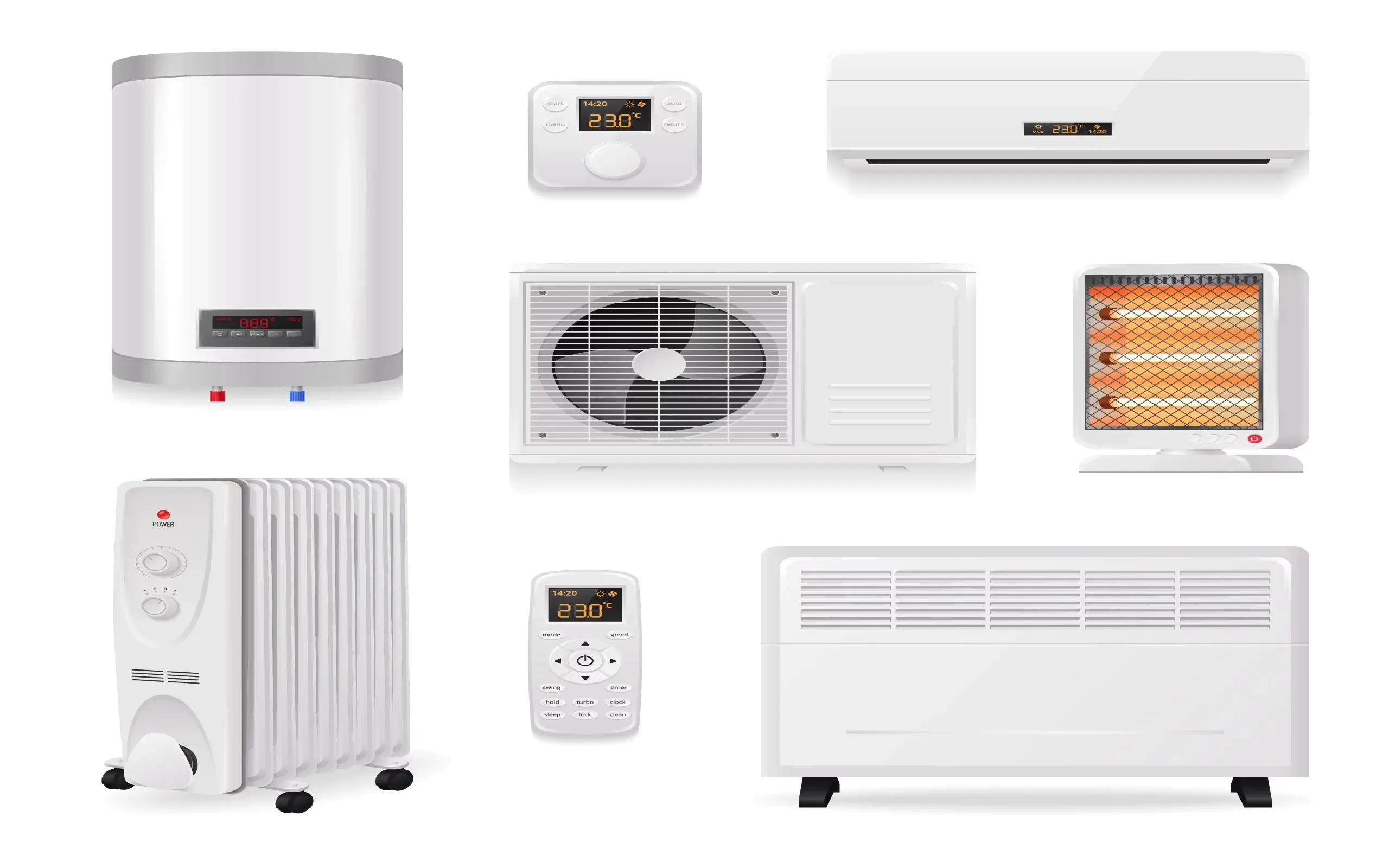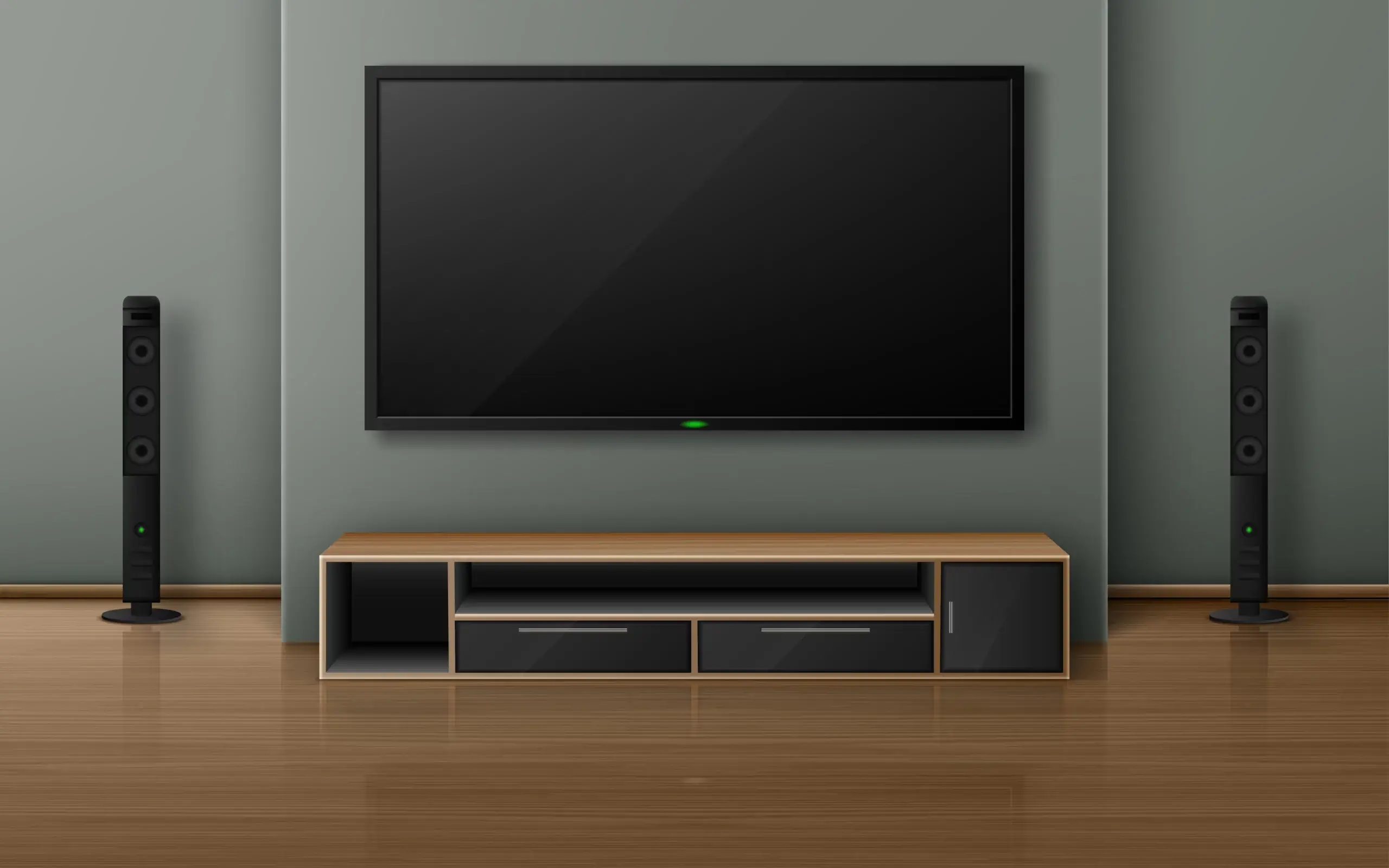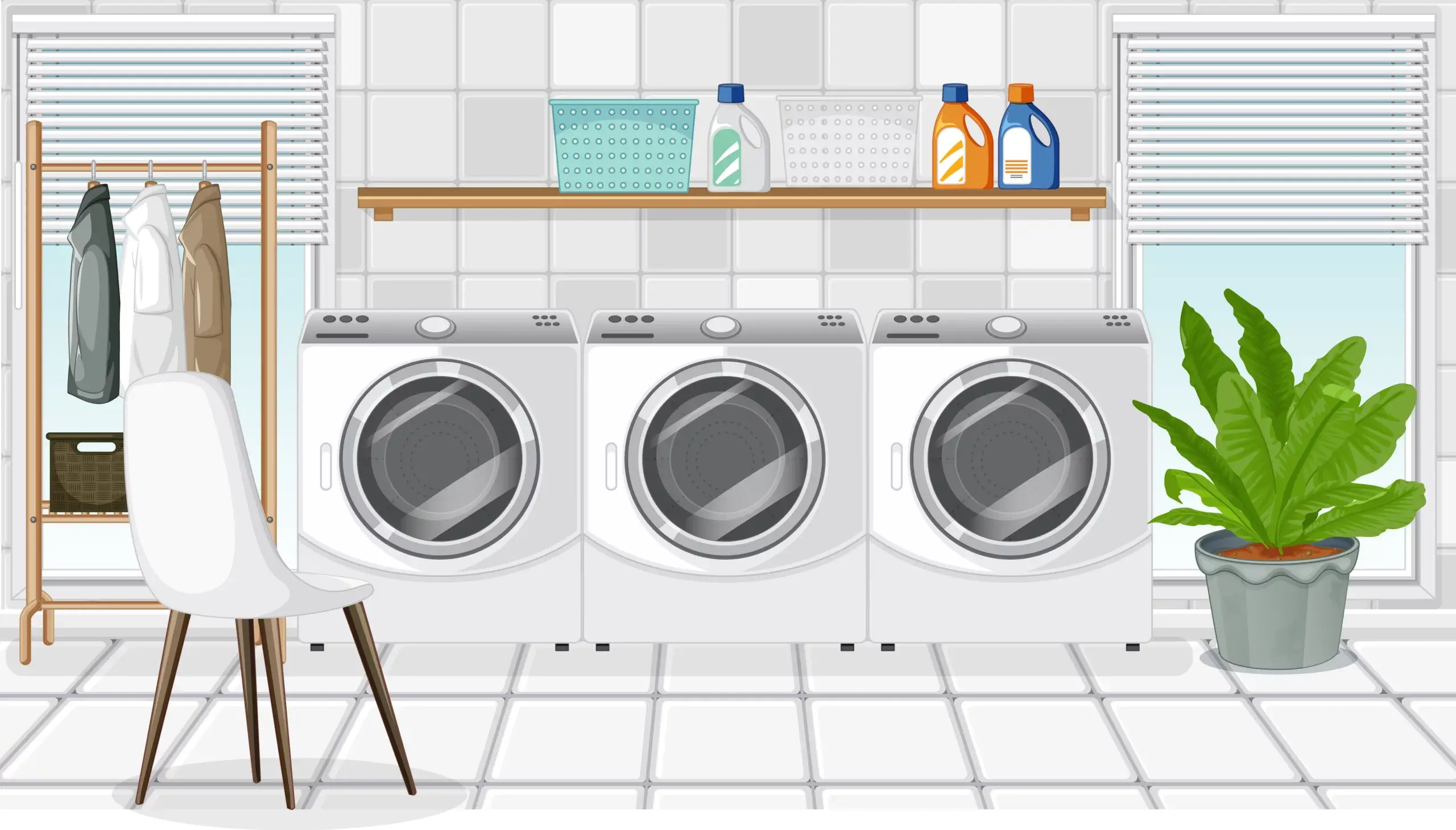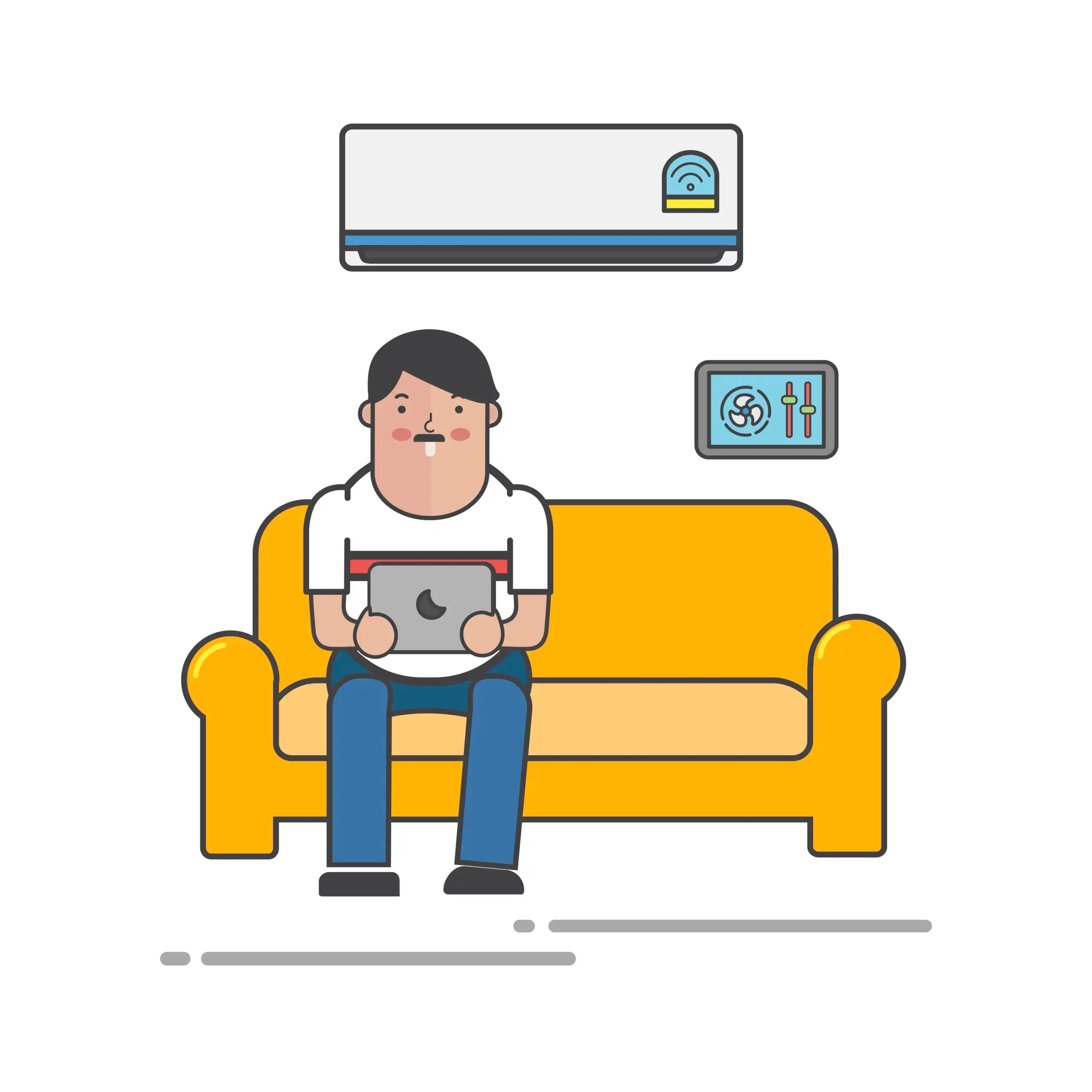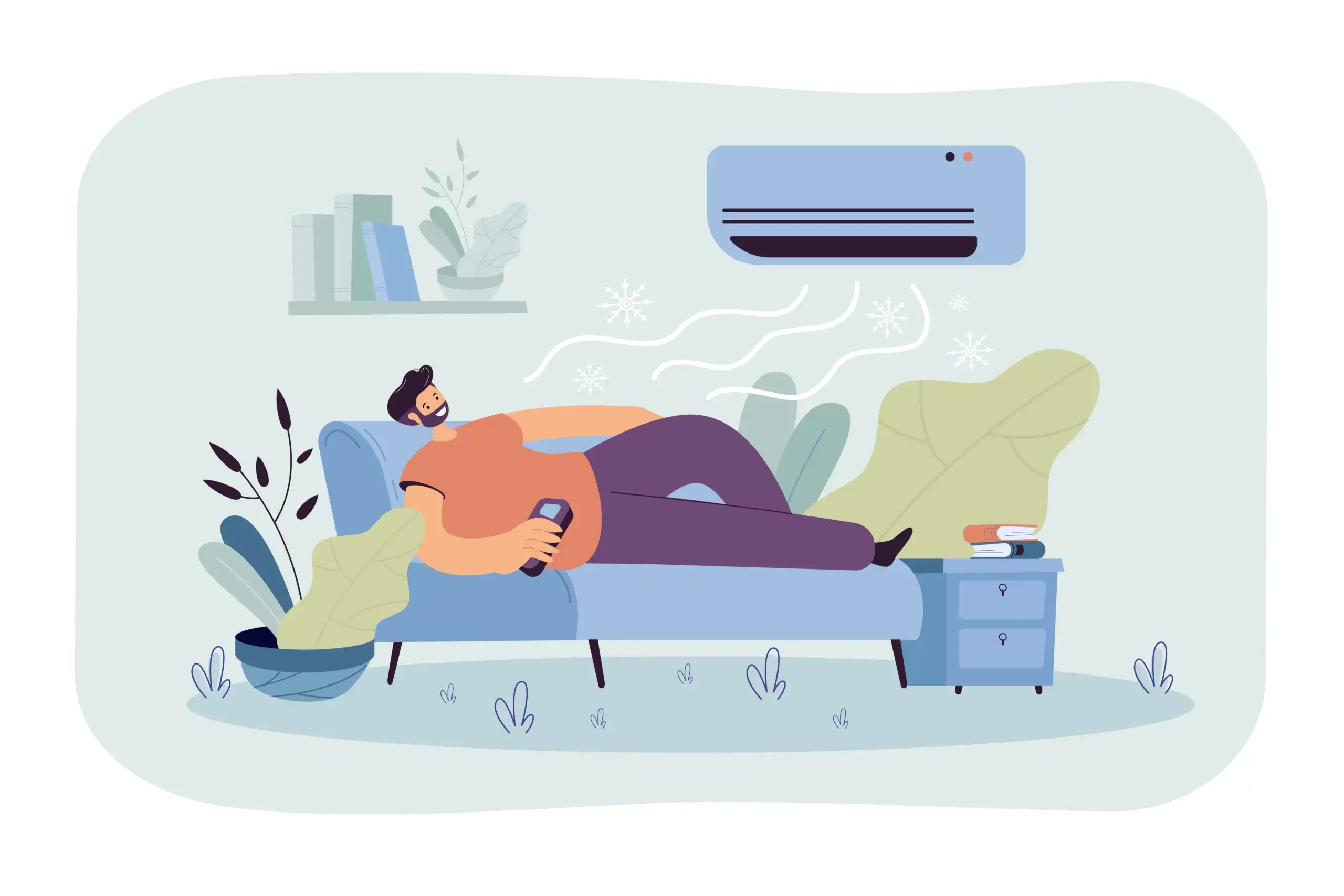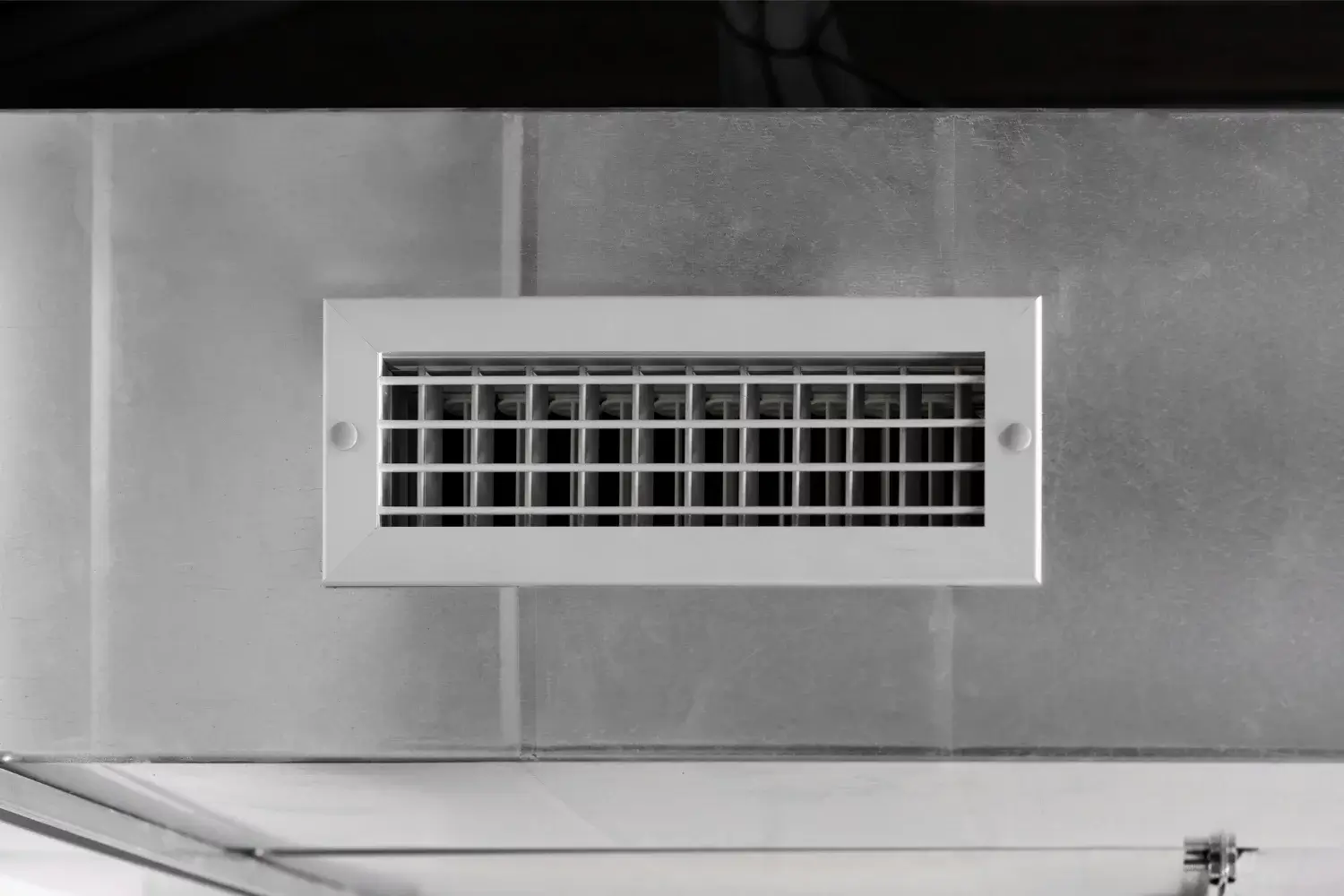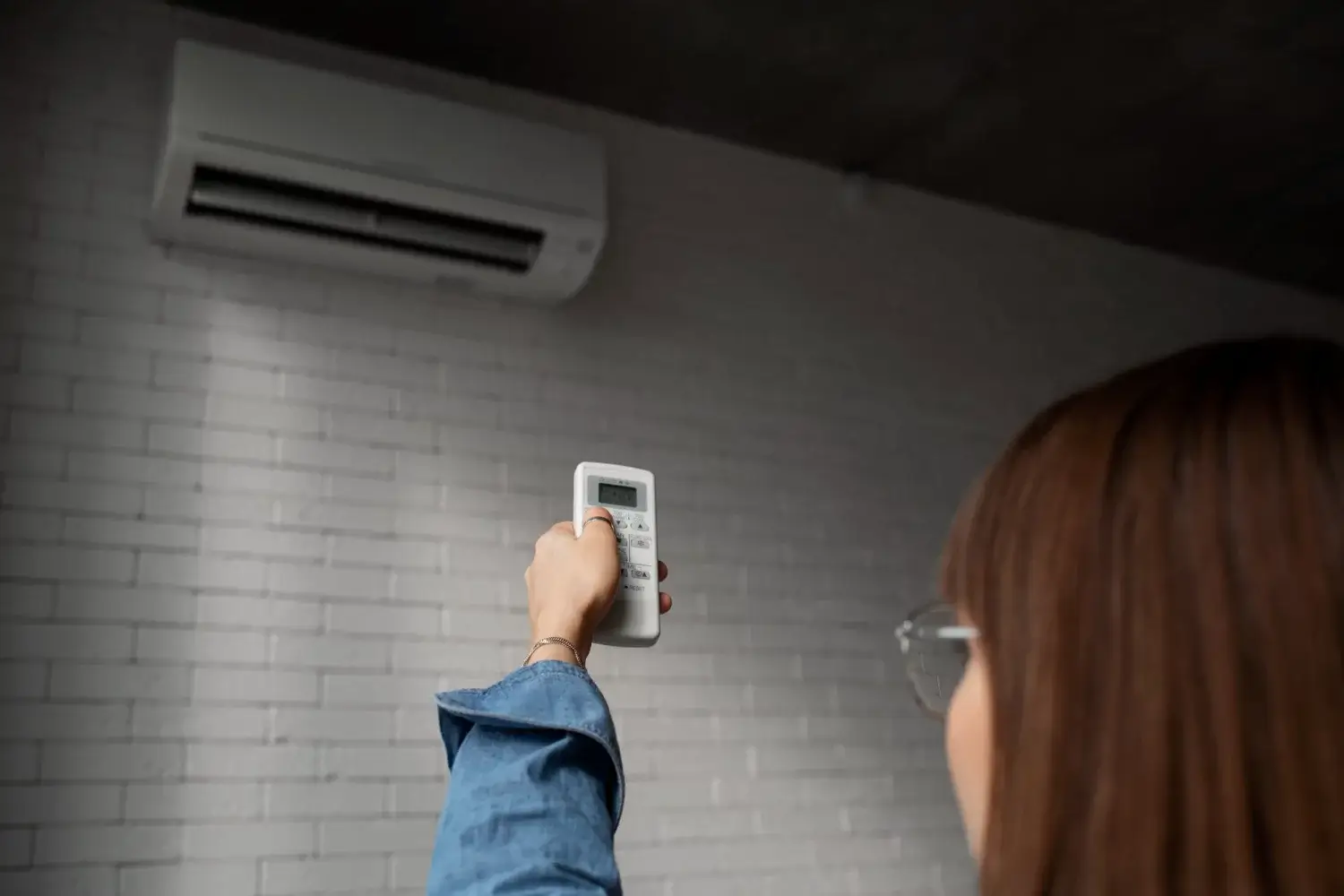The blog post serves as a comprehensive guide for individuals seeking to select the most appropriate air conditioning (AC) unit for their specific needs, particularly considering the size of their home or space. It begins by introducing four main types of AC units: Window AC, Split AC, Ducted AC, and Portable AC, each with distinct features and suitability for different environments. Window AC units are depicted as compact and budget-friendly options ideal for smaller spaces such as apartments, small bedrooms, or home offices. Their ease of installation is highlighted, although potential drawbacks such as obstructed views and noise production are noted. Split AC systems, characterized by separate indoor and outdoor units, are recommended for cooling individual rooms or larger open spaces. Their quieter operation and flexibility in placement make them suitable for various applications, and they are available in a range of capacities to accommodate different home sizes. Ducted AC systems are presented as solutions for whole-house cooling or multiple-room setups, providing uniform cooling but requiring more complex and costly installations due to their duct network. Portable AC units are portrayed as versatile options that can be moved between rooms, offering temporary cooling solutions for rental properties or small areas. While convenient, they may not be as efficient as other types of ACs and may require a window or vent for exhaust. The blog then shifts its focus to selecting the right AC unit for larger spaces, such as large living rooms or offices. Split AC systems are recommended for their higher capacities and efficient cooling capabilities. Factors such as cooling capacity (measured in BTUs) and the inclusion of advanced features like inverter technology for energy savings and precise temperature control are highlighted as crucial considerations. Overall, the blog emphasizes the importance of evaluating factors such as cooling capacity, installation requirements, and energy-saving features when choosing an AC unit. By selecting the most appropriate option, readers can ensure optimal comfort and energy efficiency during hot summer months in their homes or spaces.
When it comes to beating the summer heat, an air conditioning (AC) system is a must-have for homes and spaces. However, with the variety of AC types available in the market, it can be overwhelming to determine which one is suitable for your specific needs. In this blog, we will explore different types of AC units and guide you in selecting the most appropriate option based on the size of your home or space.
Window AC:
Window AC units are a popular choice for smaller spaces or individual rooms. These units are compact and affordable, making them suitable for apartments, small bedrooms, or home offices. Window ACs are easy to install, as they fit directly into a window frame, requiring minimal modifications. However, they may obstruct the view and create noise due to their proximity to the room.
Split AC:
Split AC systems consist of two units: an indoor unit and an outdoor unit. The indoor unit is mounted on the wall or ceiling, while the outdoor unit is placed outside the building. Split ACs are ideal for cooling individual rooms or larger open spaces. They offer quieter operation compared to window ACs and allow more flexibility in terms of placement. Split ACs are available in various capacities, making them suitable for small to medium-sized homes.
Ducted AC:
Ducted AC systems are designed to cool an entire house or multiple rooms simultaneously. These systems are installed in the ceiling or under the floor, with cool air distributed through a network of ducts. Ducted ACs provide uniform cooling and are suitable for larger homes or spaces with multiple rooms. However, the installation process can be complex and expensive, requiring professional assistance.
Portable AC:
Portable AC units are versatile options that can be moved from one room to another as needed. These units are self-contained and do not require permanent installation. Portable ACs are suitable for cooling small areas or for people living in rental properties. They are easy to set up and provide a temporary cooling solution. However, they may not be as efficient as other types of ACs and may require a window or vent for the exhaust hose.
Choosing Based on Bigger Space:
For bigger spaces, such as large living rooms, open-plan areas, or offices, a split AC system would be the most suitable choice. Split ACs are available in higher capacities, capable of cooling larger areas effectively. They provide efficient cooling with improved airflow distribution, ensuring consistent comfort throughout the space.
When selecting an AC for a bigger space, consider the cooling capacity, measured in British Thermal Units (BTUs). The higher the BTU rating, the greater the cooling power. It’s crucial to accurately calculate the cooling load of the room or space to ensure the AC’s capacity matches the requirements.
Additionally, for larger spaces, it may be beneficial to consider advanced features such as inverter technology. Inverter ACs adjust the compressor speed to match the cooling needs, resulting in energy savings and more precise temperature control.
Choosing the right type of AC for your home or space is essential for efficient and effective cooling. Window ACs are suitable for smaller spaces, while split ACs offer versatility and are ideal for individual rooms or medium-sized homes. Ducted ACs are designed for whole-house cooling, and portable ACs provide temporary solutions. For bigger spaces, such as large living areas or offices, split ACs with higher capacities are recommended. Consider factors such as cooling capacity, installation requirements, and energy-saving features when making your decision. By selecting the most appropriate AC unit, you can enjoy optimal comfort and energy efficiency in your home or space during the hot summer months.
Image by macrovector on Freepik

